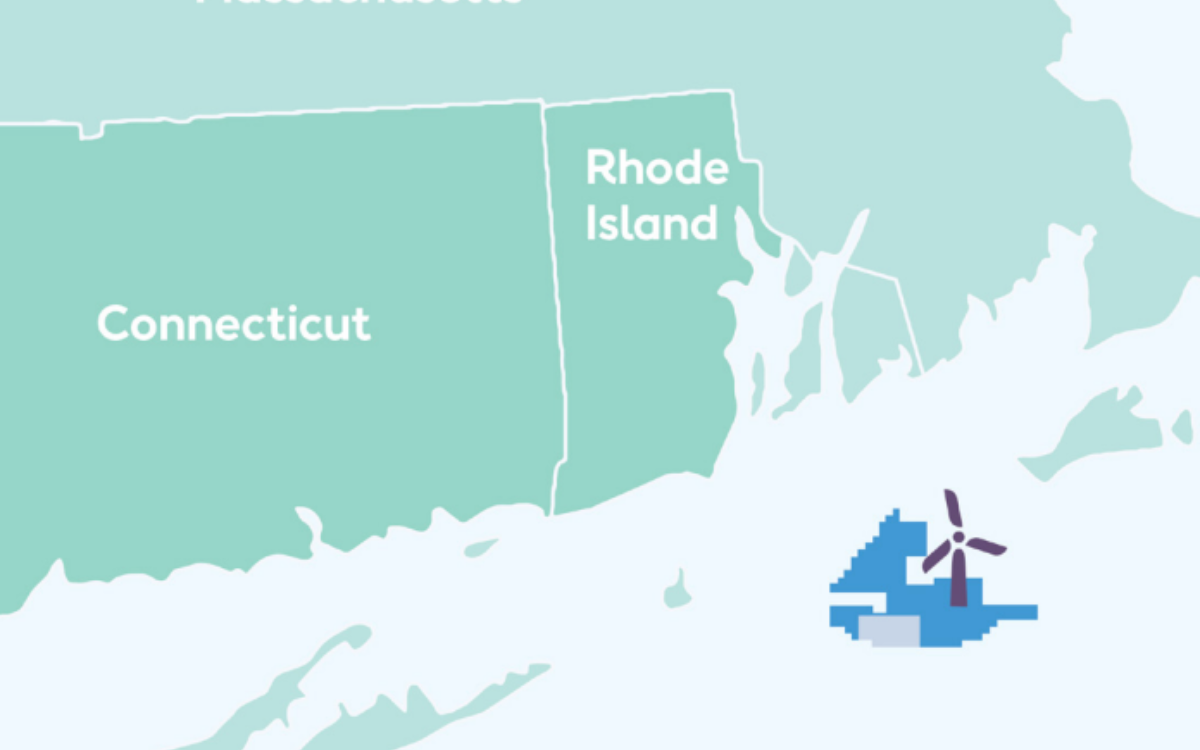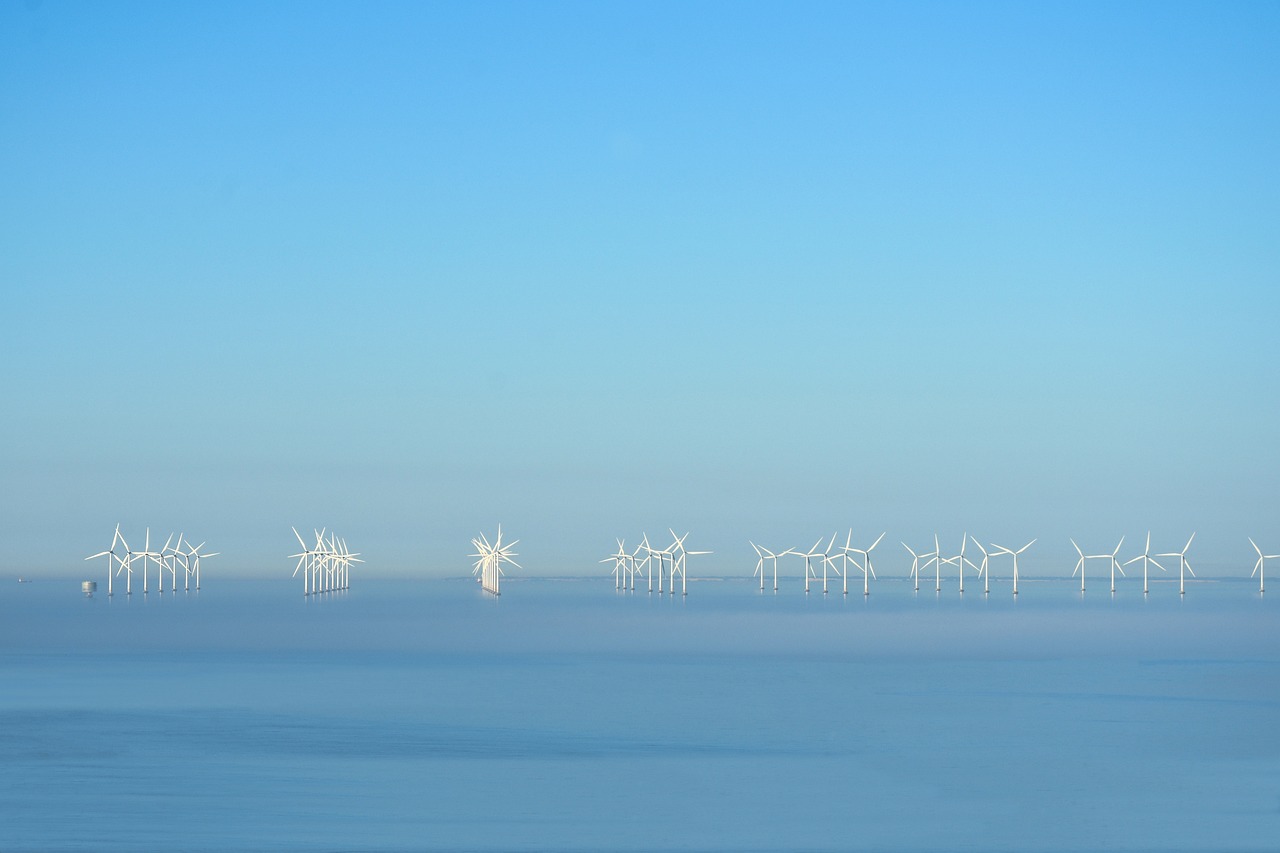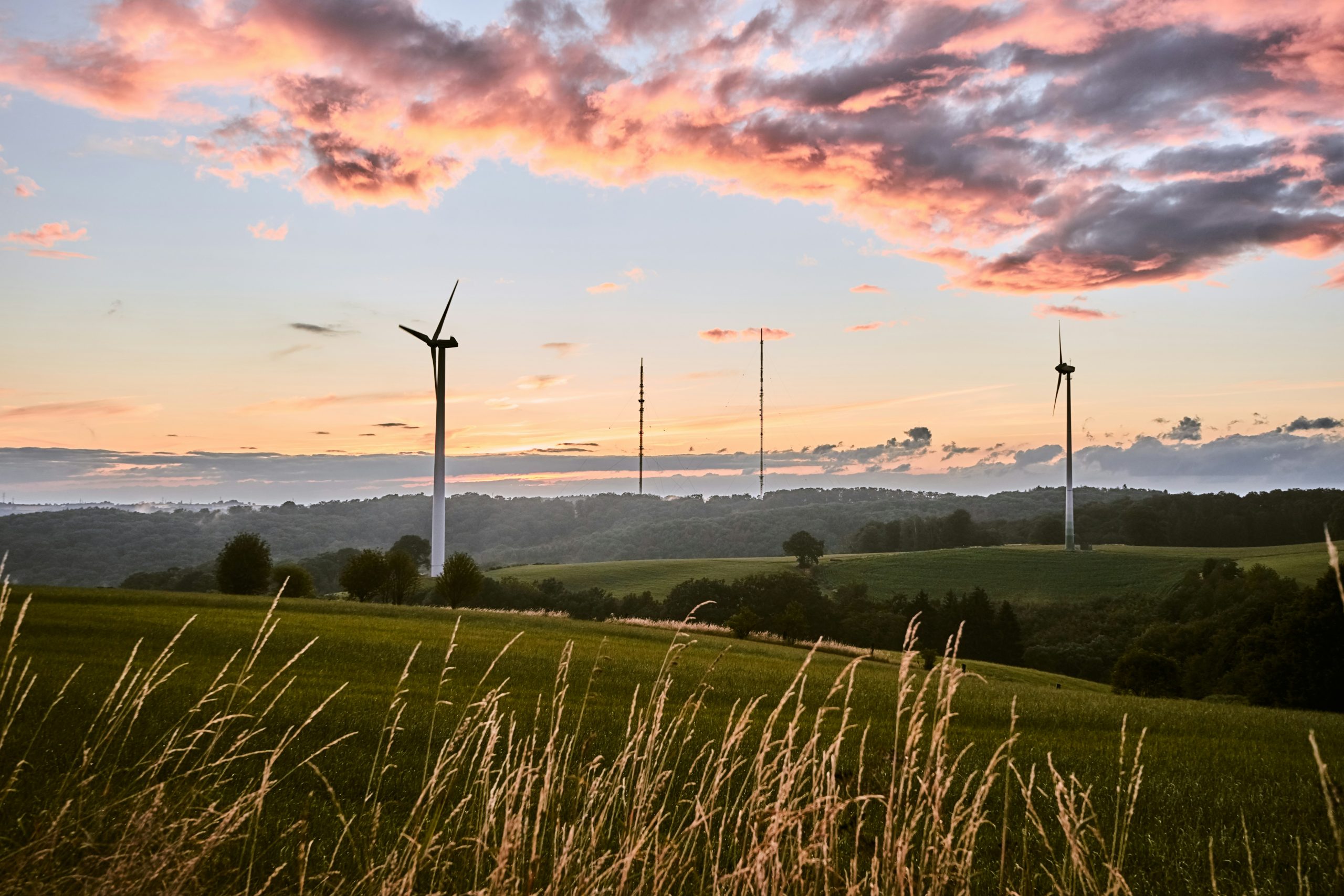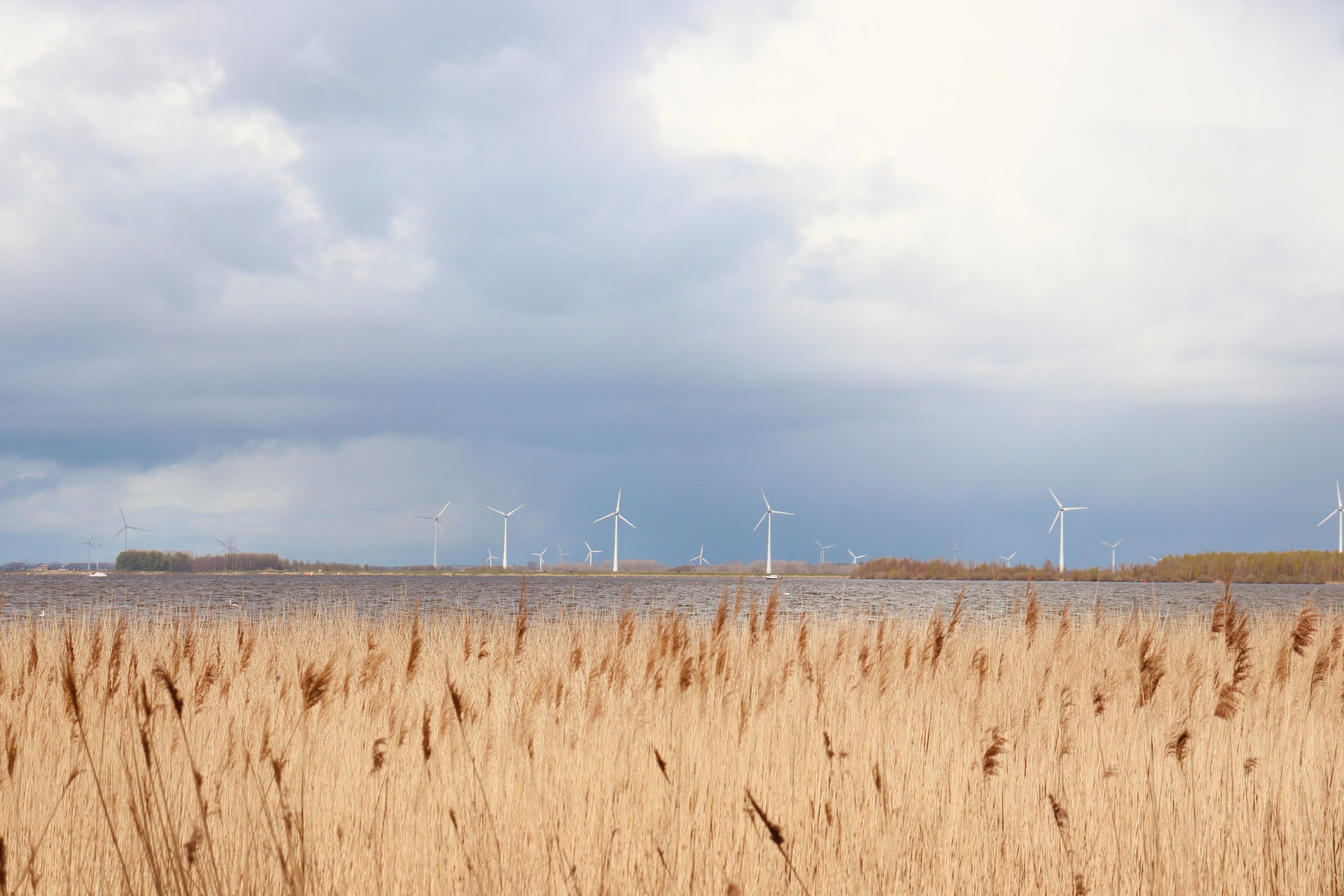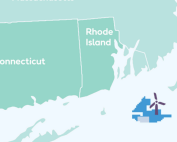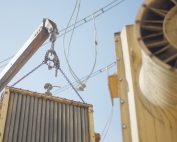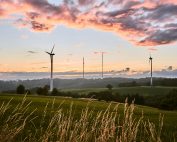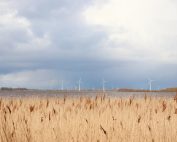TGS | 4C Offshore has declared 2023 as a record year for offshore wind investments, marking a significant rebound from the previous year’s slump. The latest Global Market Overview by TGS – 4C Offshore anticipates a potential continuation of this trend into 2024, with a projected total of 13 GW.
In 2023, a remarkable 12.3 GW of offshore wind projects reached Final Investment Decision, showcasing an extraordinary recovery compared to the meager 0.8 GW in the previous year. Eight European projects accounted for 9.3 GW, with the Hornsea project closing just in time for Christmas. Meanwhile, Asia-Pacific saw 2.3 GW of projects in Taiwan and South Korea, along with 704 MW in the USA at Revolution Wind.
Offtake Contracts and Auctions:
The U.S. leads the way in offtake activity, with five ongoing auctions, highlighting the robust demand in the market. However, the report notes a decline in offtake contracts by almost 2 GW to 9.5 GW in 2023, mainly due to the absence of the U.K.’s Contracts for Difference (CfD) auction. Despite the decrease, awarded contracts saw a substantial increase in price, averaging €105/MWh in 2023, reflecting inflation, supply chain challenges, and fluctuating interest rates.
Insights from Richard Aukland:
Richard Aukland, Director of Research at TGS – 4C Offshore, remains optimistic, stating, “Despite ongoing project delays and cancellations, 2023 has still managed to produce record progress in offshore wind.”
Aukland emphasizes the potential for a robust year of offtake auctioning in 2024, as countries strive to achieve their 2030 installation targets, setting the stage for unprecedented construction activity in the coming decade.
Lease Auctions and Global Market Indicators:
The offtake auction schedule for 2024 stands at an impressive 47.5 GW, with 40 GW earmarked for Europe. Lease rounds also show significant activity, with 33.5 GW under consideration in various countries. The report includes a comprehensive analysis of Market Indicators, revealing a need for an additional 1,121 GW to meet the IRENA/IEA’s estimated net-zero requirement of 2,000 GW by 2050.
Floating Wind and Market Attractiveness Index:
A dedicated section in the report delves into floating wind, featuring a unique Market Attractiveness Index. The U.K. and Norway top the list, with South Korea and the U.S. also scoring high. However, the forecast for floating wind capacity by 2030 has seen a consistent reduction for the sixth consecutive quarter, settling at 10 GW.
European Context and the European Wind Charter:
Adding a European perspective, it’s crucial to highlight a pivotal event at the end of 2023 – the endorsement of the European Wind Charter by the Energy Ministers of 26 EU Member States. This formal commitment underscores the strategic value of wind energy being “made in Europe” and emphasizes the urgent need to bolster the continent’s wind industry.
Implementation of the EU Wind Power Package:
The EU, represented by the European Commission, 26 EU Energy Ministers, and over 300 companies from the wind energy sector, endorsed the European Wind Charter, committing to actions outlined in the Wind Power Package. Notably, improvements in financing, a €4 billion Innovation Fund, and changes in lending rules by the European Investment Bank have already set the stage for the EU’s commitment to wind energy.
Insights from Giles Dickson:
“This is a huge day for Europe’s wind energy industry. 26 countries have committed to implement the actions set out in the EU’s excellent Wind Power Package. The actions on permitting, finance and auctions will help boost the expansion of wind energy and strengthen Europe’s wind industry. This is good for jobs and growth and for Europe’s energy security. And it shows Europe as a whole understands the urgent need to strengthen its wind industry”, says Giles Dickson, WindEurope CEO.
Member States’ Commitments:
By signing the European Wind Charter, the 26 countries commit to urgent changes in wind energy auction design, permitting, and investment in the supply chain. Key pledges include streamlined permitting rules, the deployment of IT for digitalization, and increased transparency through clear auction schedules and 10-year expansion plans. Member States also vow to utilize the flexibility provided under revised EU State aid rules to unlock investments in the wind energy value chain, covering a percentage of total costs for new infrastructure.
As the offshore wind industry reflects on the remarkable achievements of 2023, the stage is set for even greater milestones in 2024. The global commitment to offshore wind projects, along with strategic initiatives at the European level, positions the industry as a driving force in achieving sustainable energy goals.
Source: www.4coffshore.com & Wind Europe



